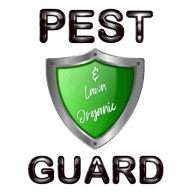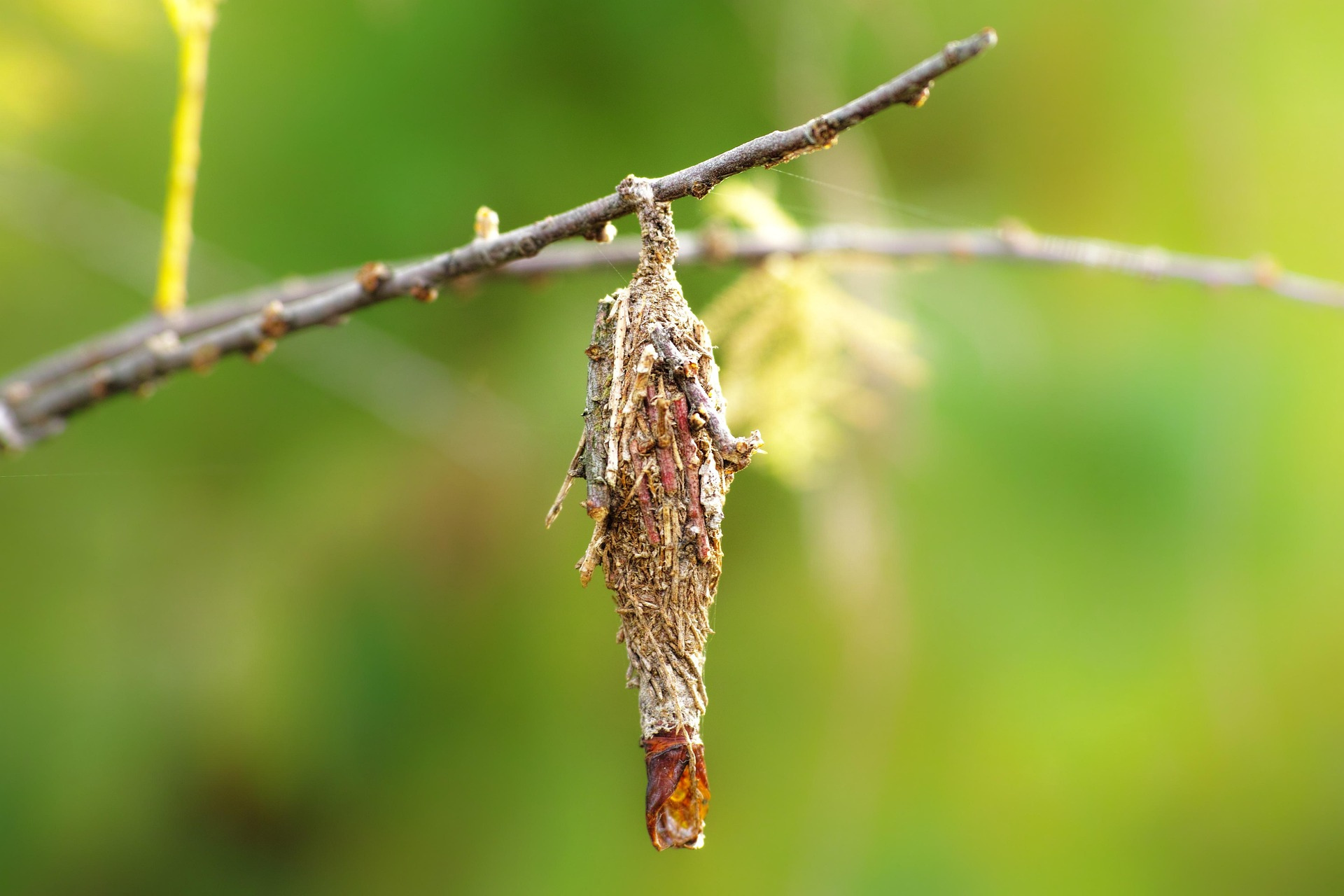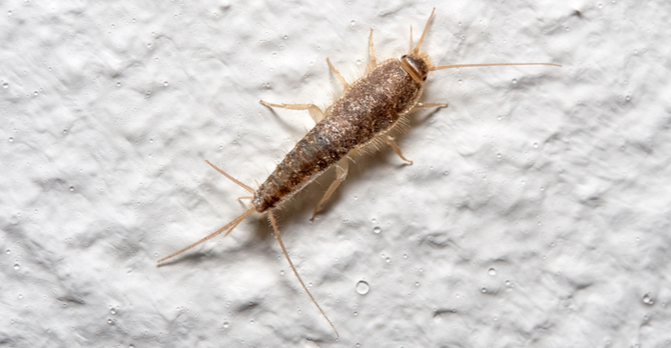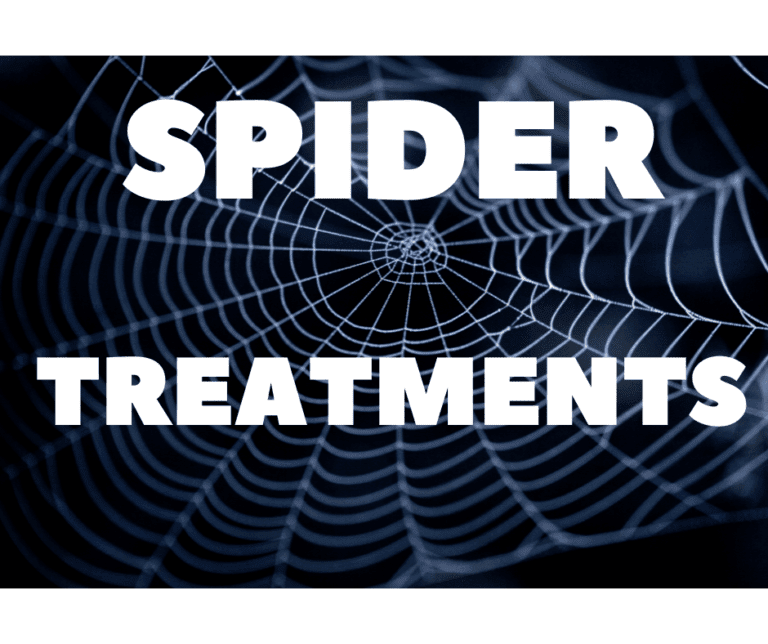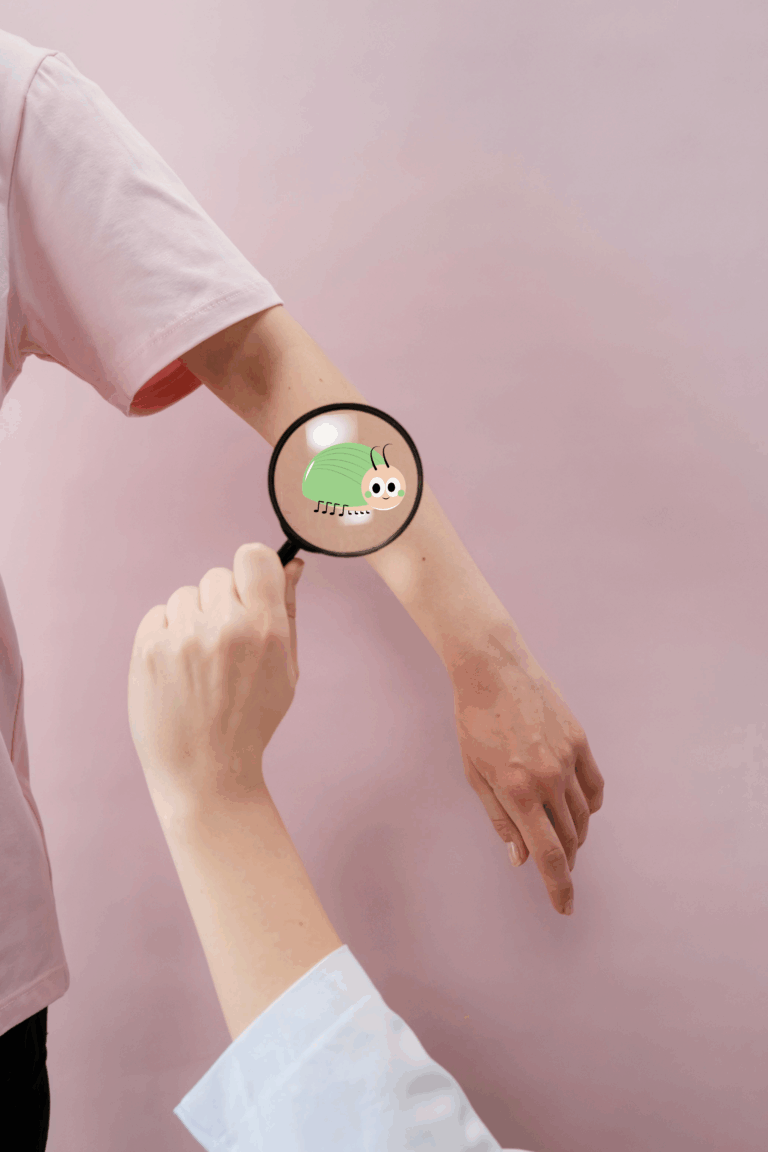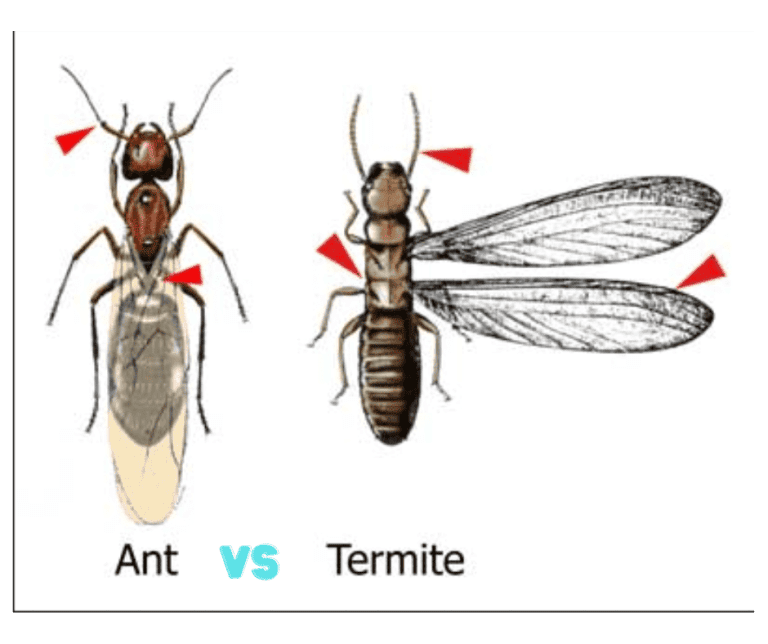Plaster Bagworm Control in Florida: What Are Those Weird Little Hanging Things on Your Walls?
Table of Contents
Plaster Bagworm Control- If you’ve ever noticed tiny, cocoon-like structures hanging on your garage walls, bathroom ceilings, or tucked under the eaves of your home, you might have had an encounter with the dreaded plaster bagworm. And if you’re here because you Googled something like “weird little bug cases stuck to my walls”—congratulations, you’re in the right place!
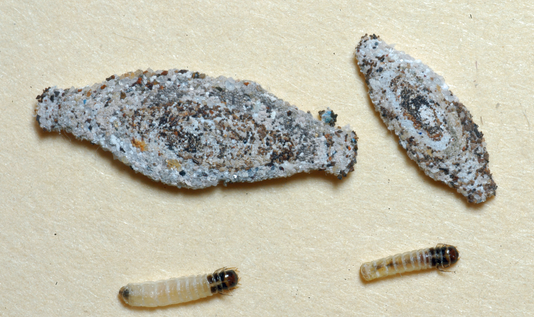
What Are Plaster Bagworms?
Plaster bagworms are the larval stage of a specific type of moth. While there are over 1,000 species of bagworms in the U.S., the one that causes the most grief in Florida is—you guessed it—the plaster bagworm. These little guys love humidity (welcome to Florida!) and are most commonly found in garages, bathrooms, and other slightly sheltered, humid areas.
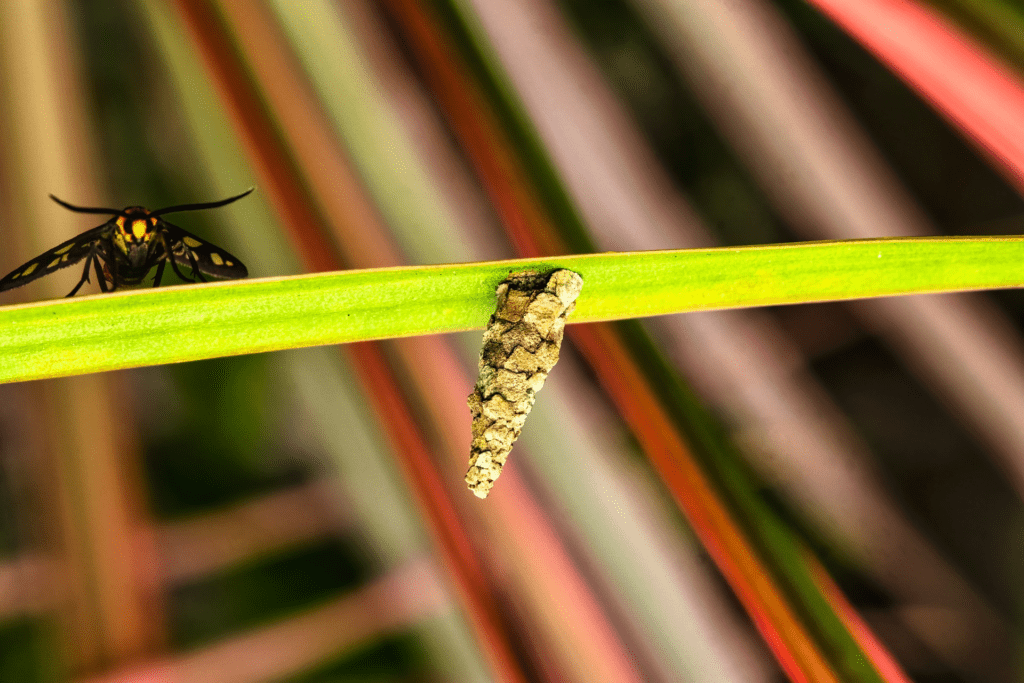
How to Identify a Bagworm Infestation
You might not know what a bagworm is, but if you’ve seen tiny, oval-shaped, grayish cocoons clinging stubbornly to your walls, you’ve met their handiwork. Common signs of a bagworm problem include:
- Small, silk-covered cases attached to walls, ceilings, or under eaves
- Sudden appearances of moths in your home (these are the adult bagworms)
What Attracts Bagworms to Your Home?
Plaster bagworms are lazy little decorators, making their homes out of spider silk and debris. They primarily feed on spider webs, but when those aren’t available, they’ll settle for lint and dust. So, if your garage or bathroom is doubling as a spider Airbnb, bagworms are moving in right behind them.
But what brings them to your house in the first place? The answer: lights left on overnight. Moths are drawn to light like Floridians to the beach in winter, and since adult bagworms are moths, they’ll happily flutter toward any outdoor lighting. This means turning off unnecessary lights at night can significantly reduce the number of bagworms (and other bugs) attracted to your home.
How to Get Rid of Plaster Bagworms
If you’ve got a bagworm problem, don’t worry—there are solutions.
Here’s how you can tackle it:
- Remove Their Food Source – Since they love to snack on spiderwebs, lint, and dust, keeping your home clean is the first step. Regularly dusting, vacuuming, and removing spider webs will make your home less appealing to them. (Good news: with our regular pest control service, we remove spider webs from your home, which also helps control spiders and mud daubers!)
- Reduce Humidity – Plaster bagworms thrive in humid environments. Using a dehumidifier in your garage, bathroom, or other bagworm infested areas will dry them out and make your home inhospitable to them. A simple fix that works wonders!
- Seal Entry Points – These little freeloaders often sneak in under garage doors. If your garage door seal is worn out, replacing it might be all you need to stop them from getting inside. Also, check for small cracks and gaps around your home and seal them up.
- Turn Off Exterior Lights at Night – Since adult bagworms are moths, keeping outside lights off unless necessary can prevent them from coming around in the first place. Less light = fewer moths = fewer bagworms.
- Pesticide Treatments – If you want immediate results, we can treat the affected areas with pesticide, which is highly effective at killing them. However, be prepared—dead bagworms don’t just disappear. They stick to walls like a bad decision, and you’ll likely have to pull them off manually.
The Final Cleanup: Dealing with Dead Bagworms
Even after you’ve won the battle, you may still have the aftermath to deal with—those stubborn little cases clinging to your walls. Because bagworms move slowly (if at all), it can be hard to tell which ones are alive and which are just decorative remnants. Either way, you’ll need to physically remove them, as they won’t just fall off on their own.
Let Us Handle It for You!
At Pest & Lawn Organic Guard, we offer expert pest control services in Brevard and Indian River counties, including beachside areas. Not only do we remove spider webs to prevent bagworm infestations, but we also provide professional treatments to keep your home pest-free.
So, if bagworms (or their annoying moth relatives) have taken over your garage, bathroom, or exterior walls, give us a call. We’ll help you take back your home—without the hassle of pulling tiny bug homes off your walls one by one!
📞 Contact us today at 321-704-0434 and say goodbye to bagworms for good!
